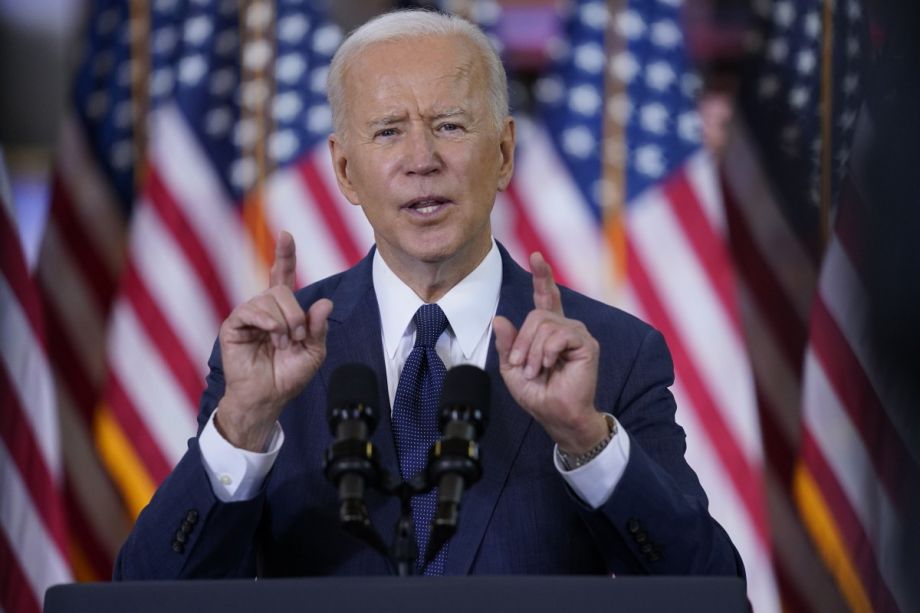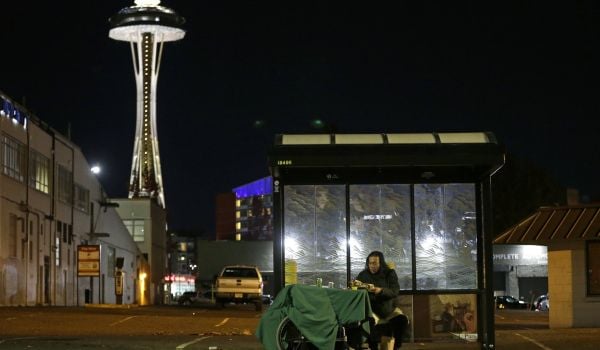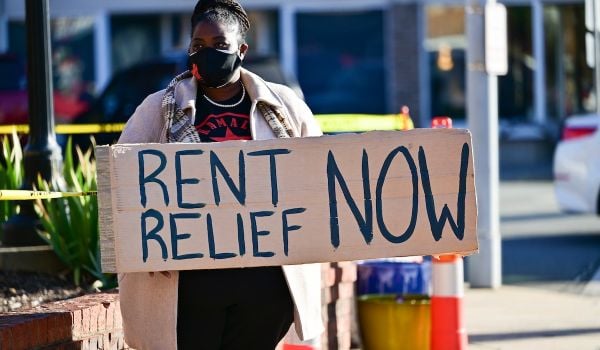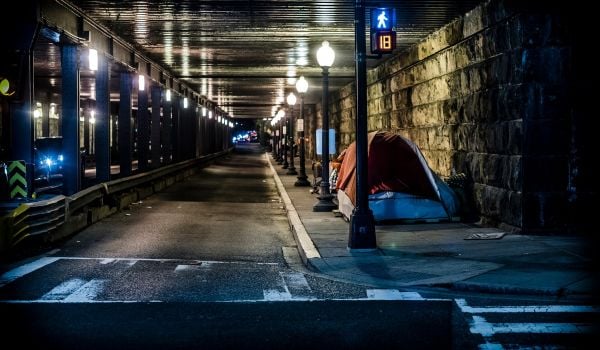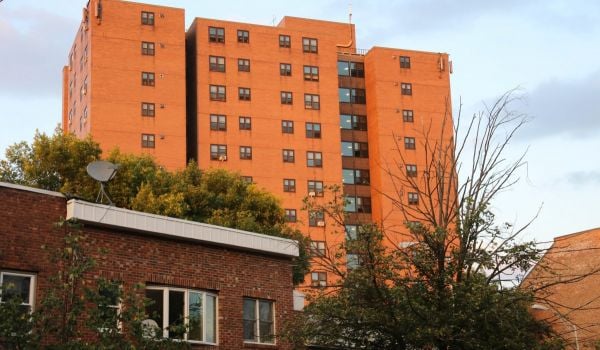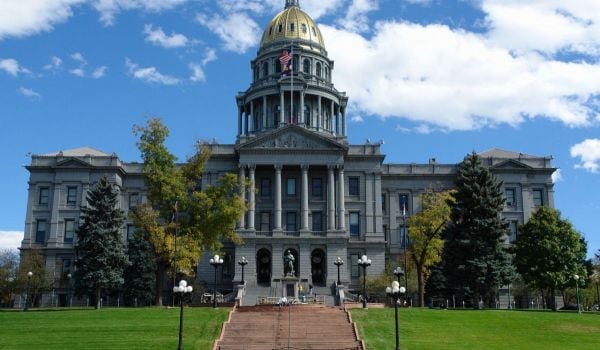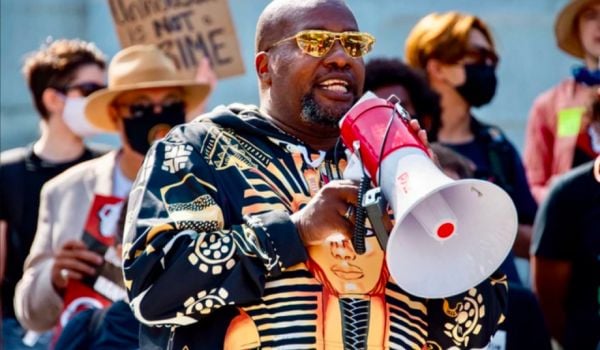How Housing Fits Into Biden’s Infrastructure Plan
President Joe Biden unveiled a plan this week to spend $2 trillion over the next decade repairing and improving the country’s infrastructure network, with investments in roads, water systems, energy grids, and broadband internet infrastructure, according to numerous reports. Of that $2 trillion total, some $213 billion would be spent on investments in housing, according to a White House fact sheet.
The plan cites the nationwide shortage of affordable housing and the high rates of rent burden on families in the U.S. It calls for investments that would “Produce, preserve, and retrofit more than a million affordable, resilient, accessible, energy efficient, and electrified housing units,” according to the fact sheet, paid for with new tax credits, grants, and project-based rental subsidies.
It also calls for Congress to pass the Neighborhood Homes Investment Act, which would put $20 billion toward building and rehabbing 500,000 homes for low-income and middle-income buyers, according to the fact sheet. The plan proposes funding incentives for communities that eliminate exclusionary zoning laws and permit more housing by right; investing $40 billion in public-housing maintenance and repair; and upgrading and retrofitting existing homes through the Weatherization Assistance Program and other initiatives.
Housing advocates largely welcomed the announcement while pointing out that the need for investment outweighs the proposed spending. Sunny Shaw, president of the National Association of Housing and Redevelopment Officials, said the organization is “glad to see that the proposal makes a substantial down payment” toward the $70 billion the group says is needed to make repairs to public-housing units in the U.S, according to a statement.
People’s Action, a group that has helped coordinate the Homes Guarantee campaign, said that the plan “starts to solve the competing and long-term crises of climate, justice, jobs, and housing,” while maintaining that the infrastructure package should be at least three times the $2 trillion Biden proposed. The National Low Income Housing Coalition said in a statement that the plan represents “a tremendous opportunity to advance many of NLIHC’s HoUSed campaign’s bold housing solutions to address the urgent housing needs facing extremely low-income households, who are disproportionately Black, Indigenous and people of color.”
In addition to being criticized from the left for being too small, the plan has been criticized from the right as being too large, according to a report in Bloomberg. It’s likely to be split into multiple bills, with some elements able to be passed by Democrats alone and others requiring Republican support for passage in the Senate, according to the report. A final package could be voted on this summer, the report says.
CDC Eviction Moratorium Extended Through June
The Centers for Disease Control and Prevention extended the existing moratorium on evictions through June 30, according to a report in Politico. The moratorium was initially scheduled to lapse at the end of March.
“Keeping people in their homes and out of crowded or congregate settings — like homeless shelters — by preventing evictions is a key step in helping to stop the spread of COVID-19,” CDC Director Rochelle Walensky said, according to Politico.
The existing policy is meant to protect tenants who have been financially harmed by the COVID-19 pandemic. It requires tenants to know that the moratorium exists and to sign a statement saying that they have lost substantial income or incurred high medical costs. Housing advocates had hoped that the policy would be enhanced to prevent landlords from exploiting gaps in the ban, amid reports of continued evictions, but the new CDC order extends the existing ban without making any substantial changes, according to Politico.
“While the Biden administration is well aware of the shortcomings in the moratorium order that allow some evictions to proceed during the pandemic, the CDC director did not correct them,” Diane Yentel, president and CEO of the National Low Income Housing Coalition, said, according to the report. “She simply extended President Trump’s original order, leaving the loopholes and flaws in place, an unfortunate and shortsighted decision that will result in some continued harmful evictions during the pandemic.”
Unhoused Groups Winning Lawsuits in California
The San Jose Mercury News reports on a series of lawsuits, filed on behalf of people experiencing homelessness, that are preventing California cities from clearing encampments and enforcing anti-encampment ordinances. The lawsuits have secured a series of victories, according to the report, including a settlement forcing the California Department of Transportation to pay $1.3 million to unhoused people who had their belongings destroyed during encampment sweeps and injunctions against clearing encampments in Sausalito, Santa Cruz, and Sacramento. Other lawsuits related to the rights of unhoused people are moving forward in Pacifica, Sonoma County, Tulare County, San Diego and Los Angeles, according to the report.
“The legal victories provide at least a temporary reprieve to residents with few other options, in a state that had nearly 114,000 people sleeping on its streets last year – a number that’s grown by more than a third since 2015,” the Mercury News says.
Some of the suits have cited Martin v. Boise, a case that involved a ban on camping in Boise, Idaho. A 9th Circuit court decision in that case, affecting western states, said that cities can’t ticket people experiencing homelessness when no other shelter is available. The Supreme Court declined to hear a challenge to that case, as the Washington Post reported. (The City of Boise reached a settlement with plaintiffs in the case earlier this year.) Advocates say that without much greater investment in housing, the lawsuits’ impact will be temporary.
“Even when they win in court, homeless rights advocates say their victories are limited,” the report says. “Some are contingent on federal health guidelines stating encampments should not be disbanded during the pandemic unless alternate housing is available. The plaintiffs’ victories in Santa Cruz, Sausalito and Sacramento, for example, may last only as long as COVID remains a threat.”
This article is part of Backyard, a newsletter exploring scalable solutions to make housing fairer, more affordable and more environmentally sustainable. Subscribe to our weekly Backyard newsletter.

Jared Brey is Next City's housing correspondent, based in Philadelphia. He is a former staff writer at Philadelphia magazine and PlanPhilly, and his work has appeared in Columbia Journalism Review, Landscape Architecture Magazine, U.S. News & World Report, Philadelphia Weekly, and other publications.
Follow Jared .(JavaScript must be enabled to view this email address)



